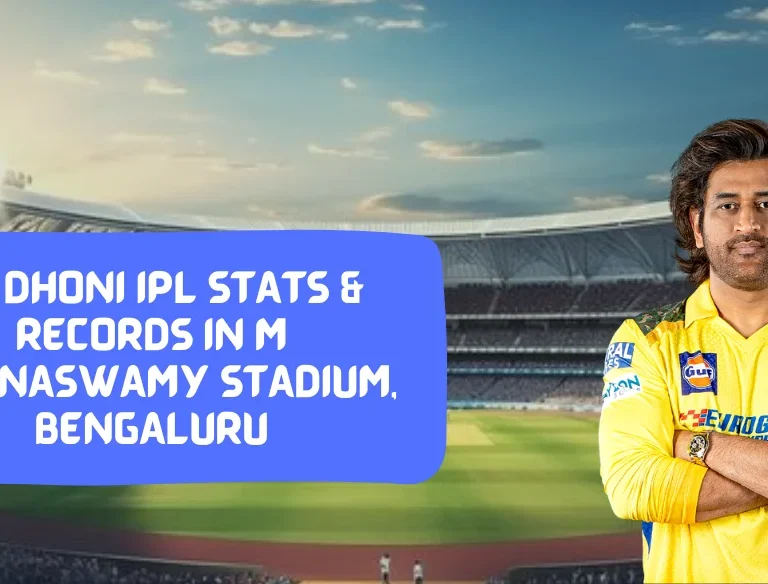
Amidst the exciting season of IPL 2025, a heated debate has erupted over the criteria for the prestigious Purple Cap award. This award is traditionally given to the bowler who takes the most wickets in the tournament. However, a former Indian cricketer has criticized this criterion, suggesting that it should consider more than just the number of wickets.
Table of Contents
Criticism by the Former Cricketer
Aakash Chopra, a renowned former Indian cricketer and commentator, has expressed his concerns about the Purple Cap award. In a recent interview, Chopra said, “Bumrah ne nahi jita hai, but his contribution is immense. The award should consider more than just wickets.” He emphasized that while taking wickets is important, a bowler’s ability to restrict runs in high-pressure situations like the death overs in T20 cricket is equally crucial.
Jasprit Bumrah’s Outstanding Performance

Mumbai Indians’ star fast bowler Jasprit Bumrah has been in superb form in IPL 2025. Although he is not at the top of the wicket-takers’ list, his economy rate in the death overs has been exceptional. According to recent statistics, Bumrah has the best economy rate of 7.67 among bowlers who have bowled at least 50 balls in the death overs. This showcases his ability to control the game’s pace and prevent batsmen from scoring freely.
Current Purple Cap Holder
Currently, Royal Challengers Bangalore’s Josh Hazlewood leads the Purple Cap race with 18 wickets. Hazlewood has been consistently performing well throughout the season, taking crucial wickets at important moments. However, his economy rate is slightly higher compared to Bumrah’s, which has sparked the debate on whether the award should include additional metrics.
History of the Purple Cap

The Purple Cap was introduced in the inaugural season of the IPL in 2008 and has since been a symbol of bowling excellence. The award is given to the bowler with the most wickets at the end of the season. Over the years, legendary bowlers like Lasith Malinga, Dwayne Bravo, and Bhuvneshwar Kumar have won this award multiple times.
Statistics of Past Winners
Looking at past winners, it is clear that the Purple Cap has gone to bowlers who have taken a high number of wickets, often at the expense of a higher economy rate. For example, in 2021, Harshal Patel won the Purple Cap with 32 wickets but had an economy rate of 8.14. In contrast, some bowlers had better economy rates but missed out on the award due to fewer wickets.
Arguments for Maintaining the Current Criteria
Supporters of the current system argue that in any format of cricket, a bowler’s primary objective is to take wickets. Wickets can change the course of the game, and honoring the bowler who dismisses the most batsmen is a straightforward and fair way to reward performance. Additionally, changing the criteria could complicate the award and diminish its significance.
Arguments for Changing the Criteria
On the other hand, critics like Chopra believe that T20 cricket requires a different approach. In a format where every run matters, a bowler’s ability to restrict the opposition is as valuable as taking wickets. They suggest that incorporating economy rate or other performance metrics could provide a more holistic view of a bowler’s contribution.
The Role of Economy Rate in T20 Bowling
In T20 cricket, economy rate is a crucial statistic. Bowlers who maintain a low economy rate put pressure on batsmen, forcing them to take risks that can lead to wickets. Bowlers like Bumrah, who excel in the death overs, prevent teams from posting big scores or chasing effectively, thus playing a significant role in their team’s success.
Other Awards in the IPL
There are other awards in the IPL that take into account multiple aspects of a player’s performance. For example, the Most Valuable Player (MVP) award considers a player’s contributions in batting, bowling, and fielding. For bowlers, it includes both wickets taken and economy rate. However, the Purple Cap is specifically for the highest wicket-taker.
Opinions of Fans and Experts
This debate has also engaged fans and experts. Some fans believe that the Purple Cap should remain as it is, celebrating the bowler who dismisses the most batsmen. Others agree with Chopra, advocating for a more comprehensive evaluation of bowling performance.
Conclusion: Will the Criteria Change?
While Chopra’s criticism highlights an important aspect of T20 bowling, it is unlikely that the IPL will change the Purple Cap criteria. The award has a long-standing tradition, and altering it could disrupt its legacy. Nevertheless, this discussion underscores the evolving nature of T20 cricket and the need to appreciate the multifaceted roles bowlers play in the game.
In conclusion, as IPL 2025 progresses, the debate over the Purple Cap criteria adds an extra layer of intrigue to the tournament. Whether the criteria change or not, bowlers like Jasprit Bumrah continue to showcase their skills and impact beyond just taking wickets.




